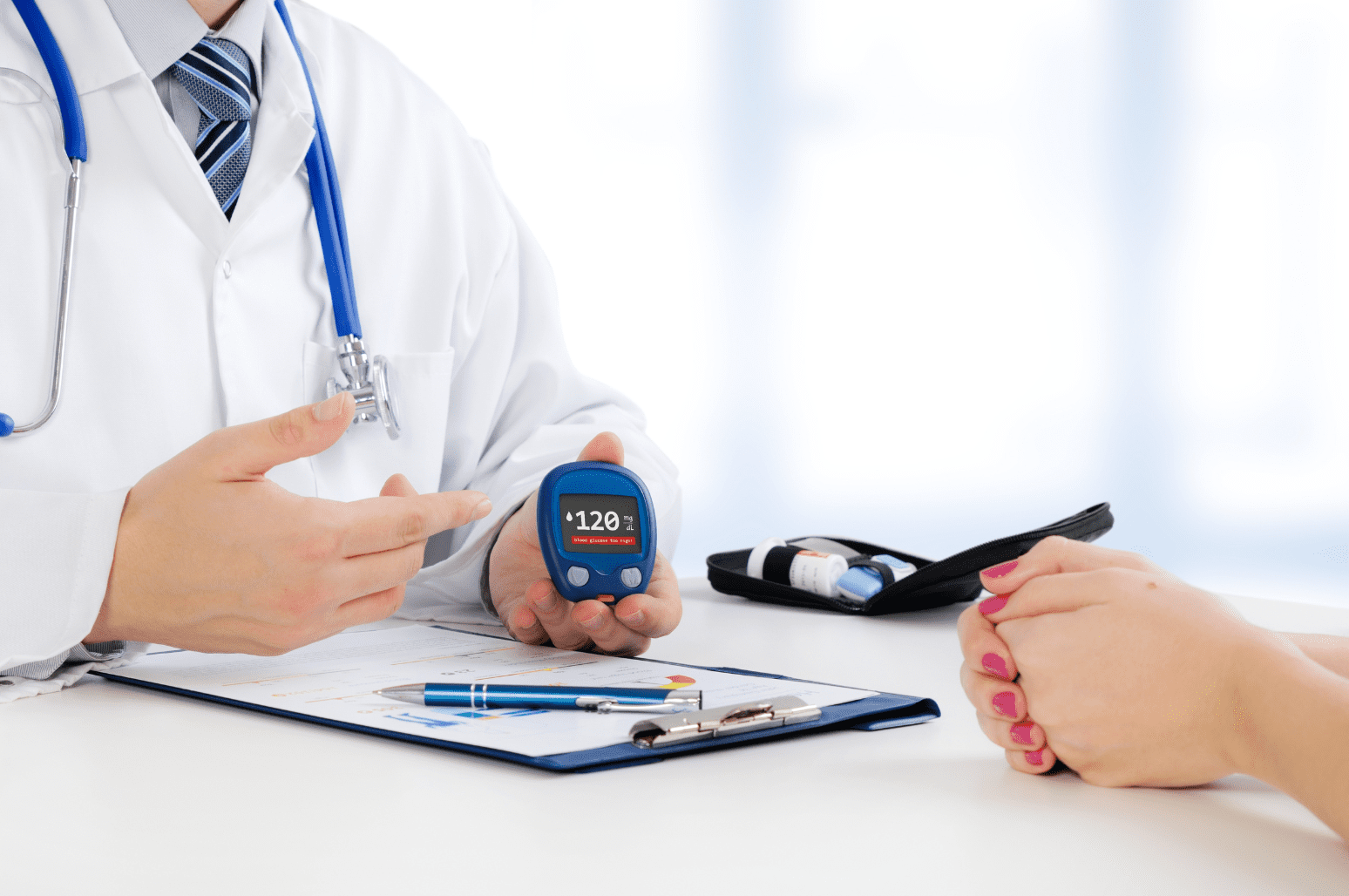Diabetes mellitus is a metabolic condition that leads to elevated blood sugar levels. This occurs because your body either doesn’t produce enough insulin or cannot use the insulin it produces effectively.
Insulin is a hormone that transports sugar from the blood into your cells, where it is stored or used for energy. When this process malfunctions, diabetes may develop.
If left untreated, high blood sugar levels from diabetes can damage your nerves, eyes, kidneys, and other organs. However, educating yourself about diabetes and taking proactive steps to prevent or manage it can help you safeguard your health.
Types of Diabetes
Type 1: Type 1 diabetes is an autoimmune disease. The immune system attacks and destroys cells in the pancreas, which produce insulin. The cause of this attack remains unclear.
Type 2: Type 2 diabetes arises when your body becomes resistant to insulin, leading to an accumulation of sugar in your blood. This is the most common type, accounting for about 90% to 95% of diabetes cases.
Type 1.5: Also known as latent autoimmune diabetes in adults (LADA), Type 1.5 diabetes manifests in adulthood and progresses gradually, similar to Type 2 diabetes. LADA is an autoimmune condition that cannot be managed through diet or lifestyle changes alone.
Gestational: Gestational diabetes is characterised by high blood sugar levels during pregnancy, caused by insulin-blocking hormones produced by the placenta.
Prediabetes
Prediabetes is a condition where your blood sugar levels are higher than normal, but not high enough to be classified as Type 2 diabetes. This occurs when the cells in your body do not respond to insulin properly. If left unchecked, prediabetes can lead to Type 2 diabetes.
Experts estimate that more than one in three Americans have prediabetes, but over 80% of those affected are unaware of their condition.
Symptoms of Diabetes
Diabetes symptoms are a result of rising blood sugar levels.
General Symptoms
The symptoms of Type 1, Type 2, and Type 1.5 (LADA) are similar, but the onset of symptoms for Type 1 and LADA is typically quicker than for Type 2. Tingling nerves and slow-healing sores are more common in Type 2 diabetes.
If untreated, Type 1 diabetes can lead to diabetic ketoacidosis, a dangerous condition marked by high levels of ketones in the body. This is less common in other types of diabetes but still possible.
Common symptoms of diabetes include:
- Increased hunger
- Increased thirst
- Weight loss
- Frequent urination
- Blurry vision
- Extreme fatigue
- Sores that don’t heal
Symptoms in Men
- Decreased sex drive
- Erectile dysfunction
- Poor muscle strength
Symptoms in Women
- Vaginal dryness
- Urinary tract infections
- Yeast infections
- Dry, itchy skin
Gestational Diabetes
Most individuals with gestational diabetes do not exhibit symptoms. Healthcare professionals often detect this condition through routine blood sugar tests or oral glucose tolerance tests, typically conducted between the 24th and 28th weeks of pregnancy.
The Bottom Line
Diabetes symptoms can be so mild that they are difficult to detect initially. It’s important to recognise which signs should prompt a visit to the doctor.
- Everything You Need to Know About Diabetes - June 11, 2024
- A Refreshing THC Experience: My Fun Review of Melo Seltzers - May 14, 2024
- A Comprehensive Guide to CBD Chicken Fajitas - October 26, 2023




